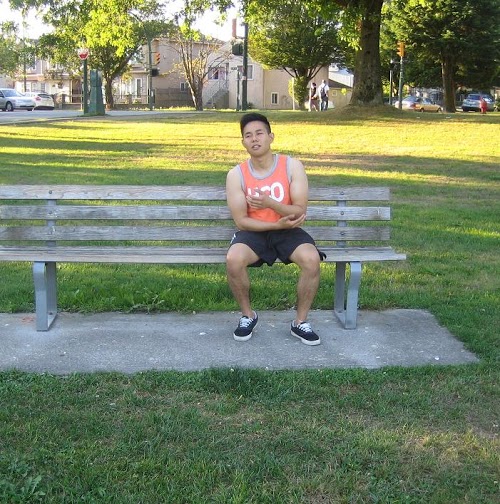Necrotizing fasciitis is a form of infection affecting the soft tissues. It is capable of destroying the tissue in the skin and muscles including the subcutaneous tissue. This infection is typically triggered by group A Streptococcus which is commonly known as the “flesh-eating bacteria” which is the fastest moving form of infection. Once the infection is triggered by other forms of bacteria, it does not progress as rapidly and not as dangerous.
https://www.youtube.com/watch?v=WLH6gJYKBJs
The infection is considered rare among healthy individuals but it is possible to acquire the infection from a small-sized wound, thus it is vital to be well aware of the symptoms if one is at risk. It is necessary to consult a doctor right away if symptoms are present or suspect that an individual developed the infection. Due to the rapid progression of the condition, it is vital to treat it as early as possible.
Indications of necrotizing fasciitis
The initial symptoms of necrotizing fasciitis might not appear serious. The skin can become warm and reddened as well as a feeling that a muscle is pulled. The individual might even feel as if he/she has the flu. There is also a reddened, sore bump that is small in size. Nevertheless, this red bump steadily grows. As for the pain, it becomes worse.

There is also drainage from the infected area or it can become discolored as it decays. Bumps, blisters, blackened dots or other skin lesions can appear. During the early stages of the infection, the pain is usually worse than it appears. The other symptoms of necrotizing fasciitis include the following:
- Weakness
- Fatigue
- Nausea
- Fever with chills and sweating
- Dizziness
- Infrequent urination
- Vomiting
Management
The treatment starts with the administration of potent antibiotics. These are administered directly into the veins. If the tissues are decayed, the antibiotics might not be able to reach all the infected areas. As a result, it is vital for the doctor to eliminate any dead tissue right away.
In some cases, amputation of one or more limbs might be required to stop the spread of the infection.
Preventive measures
There is no definitive way to prevent necrotizing fasciitis. Nevertheless, the risk can be reduced with basic hygiene practices such as washing hands regularly using soap and treat any wounds right away even the minor ones.
If an individual has a wound, it should be cared for properly. The bandages should be changed regularly or when they become dirty or soiled.
Bring the individual to the nearest emergency department right away if necrotizing fasciitis is suspected. Early treatment of the infection is vital.

